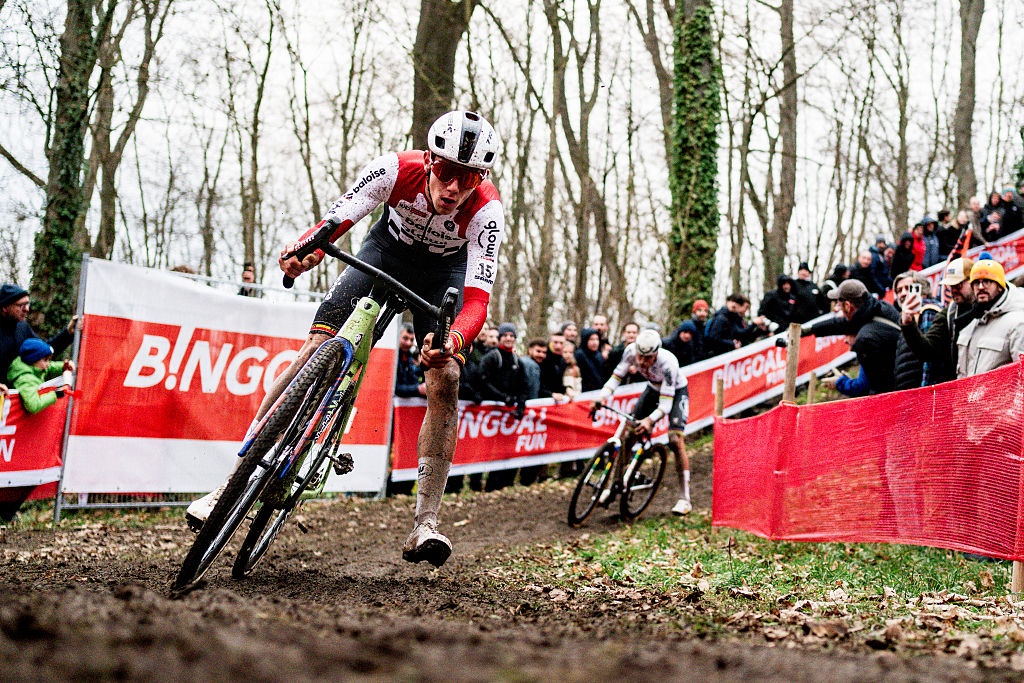You can trust Cyclingnews
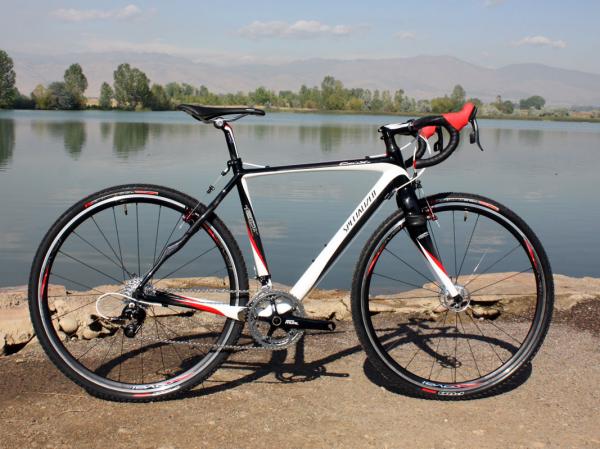
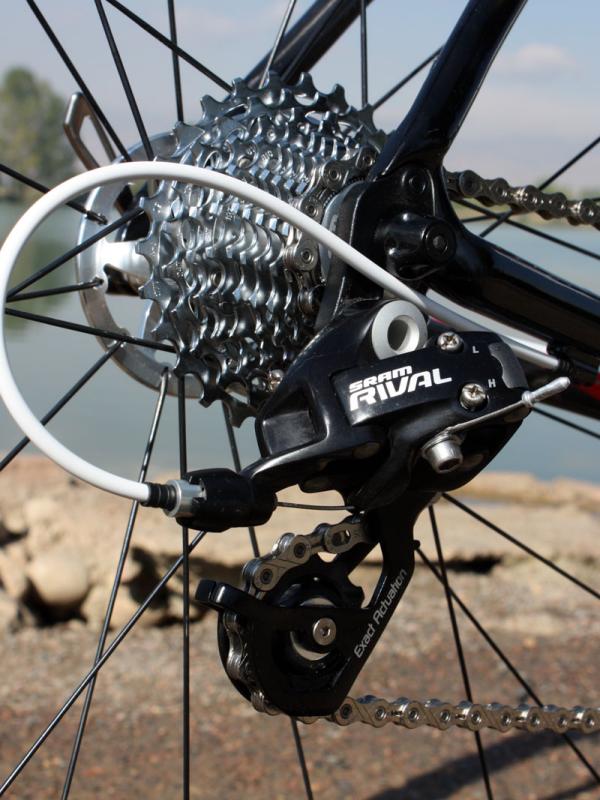
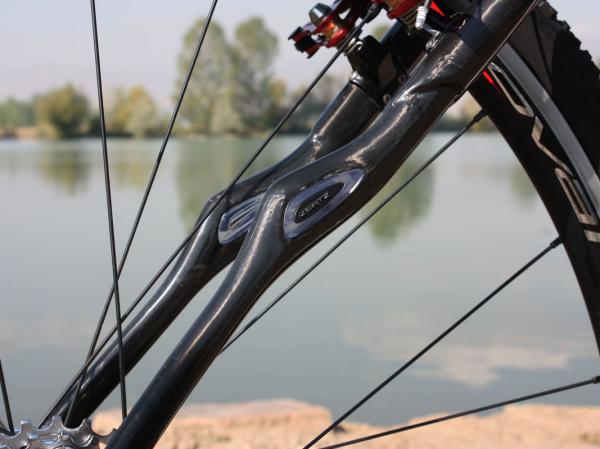
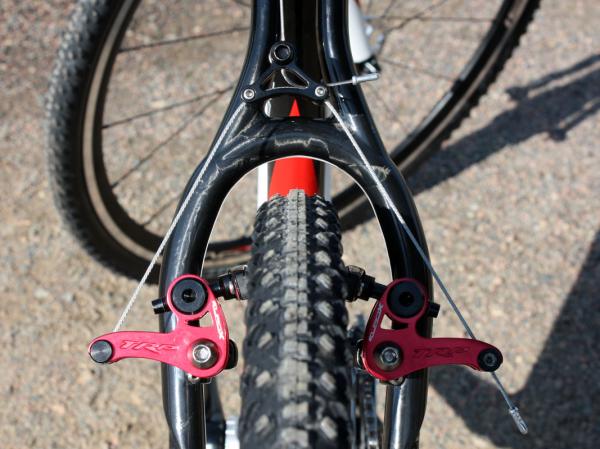
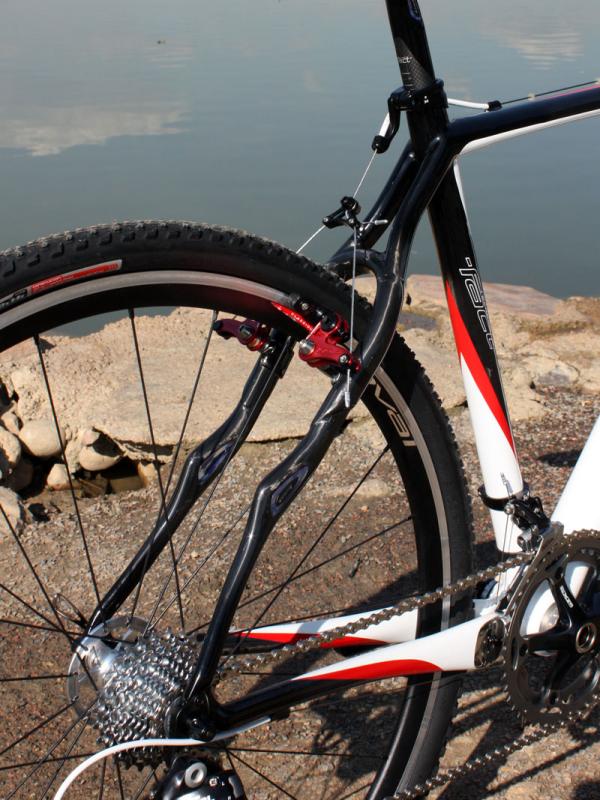
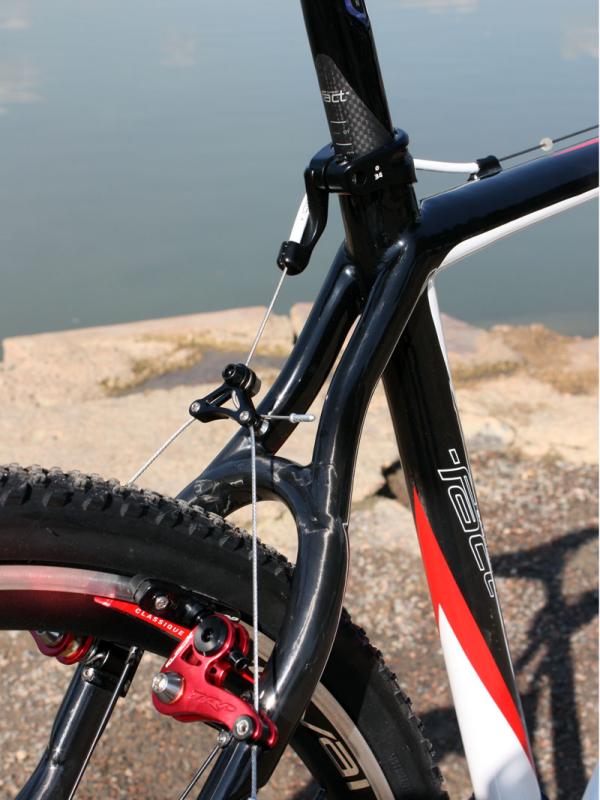
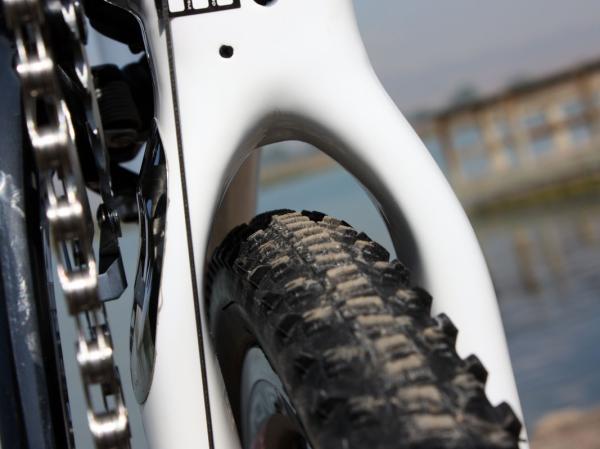
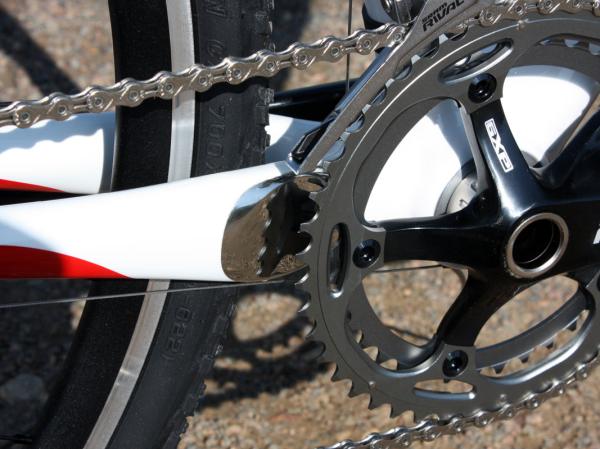
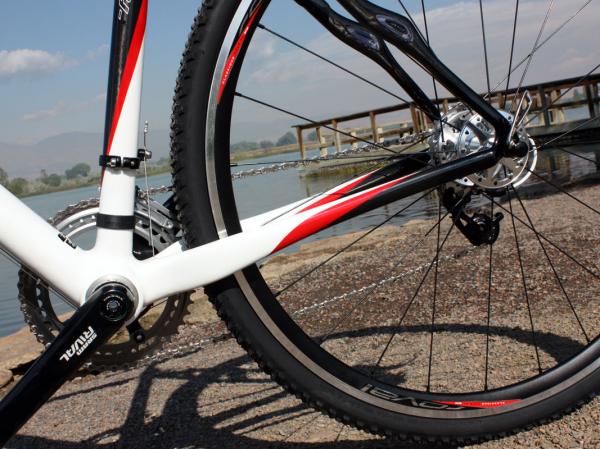
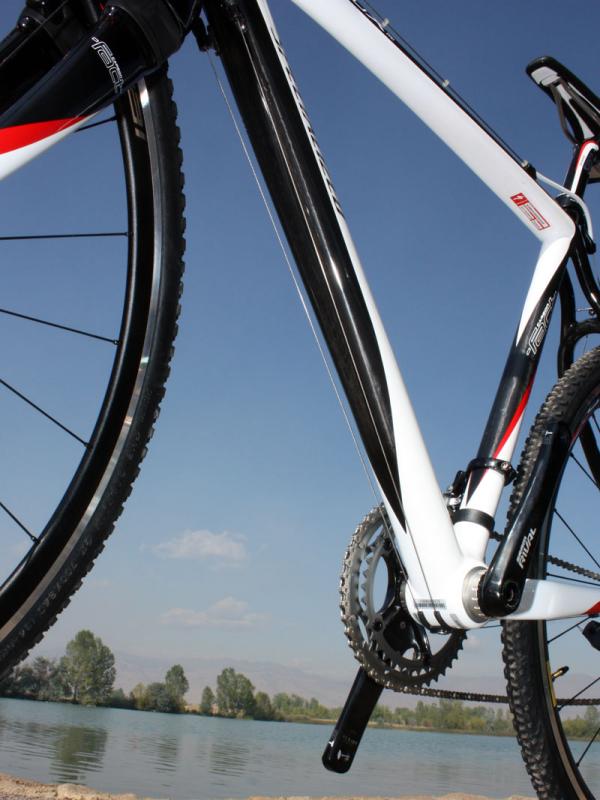
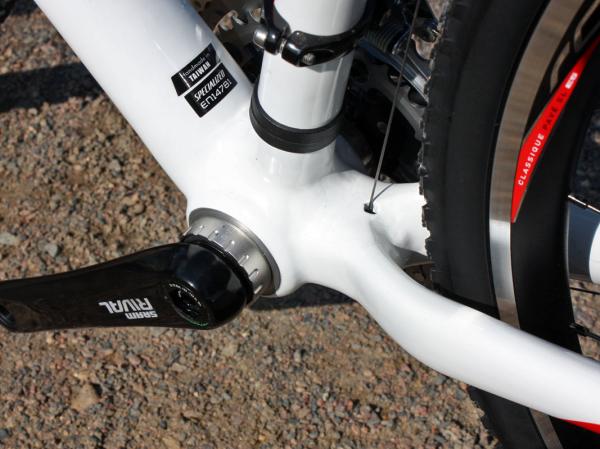
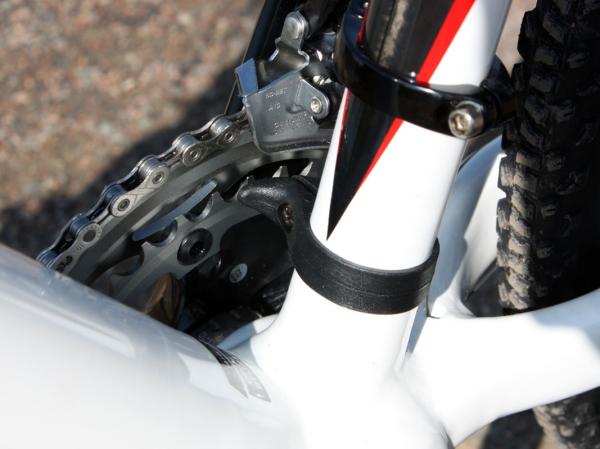
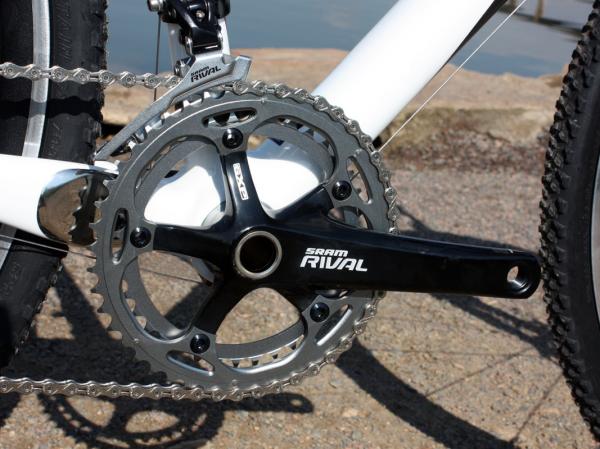
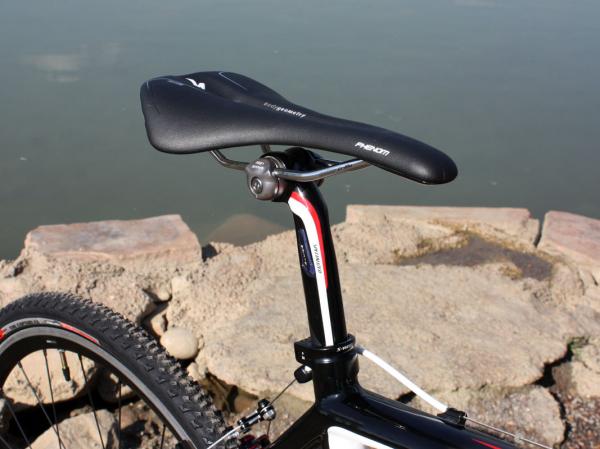
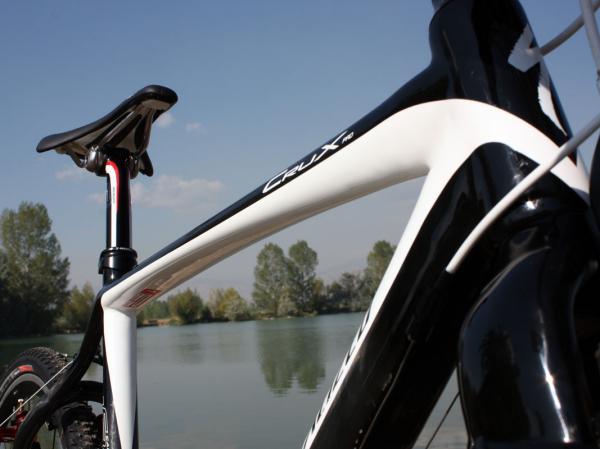
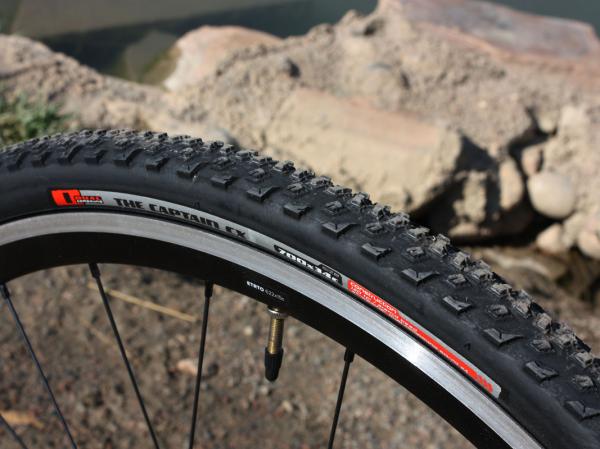
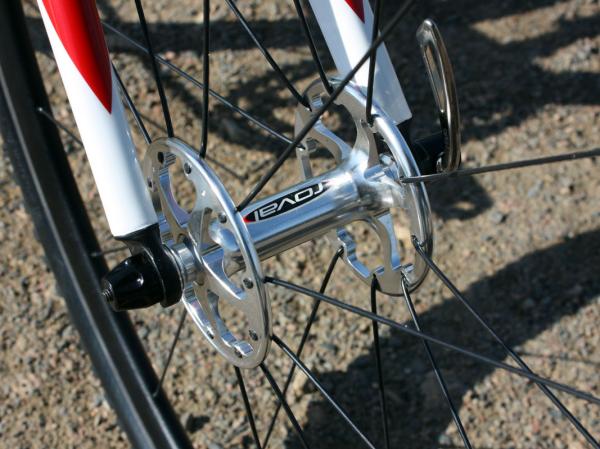
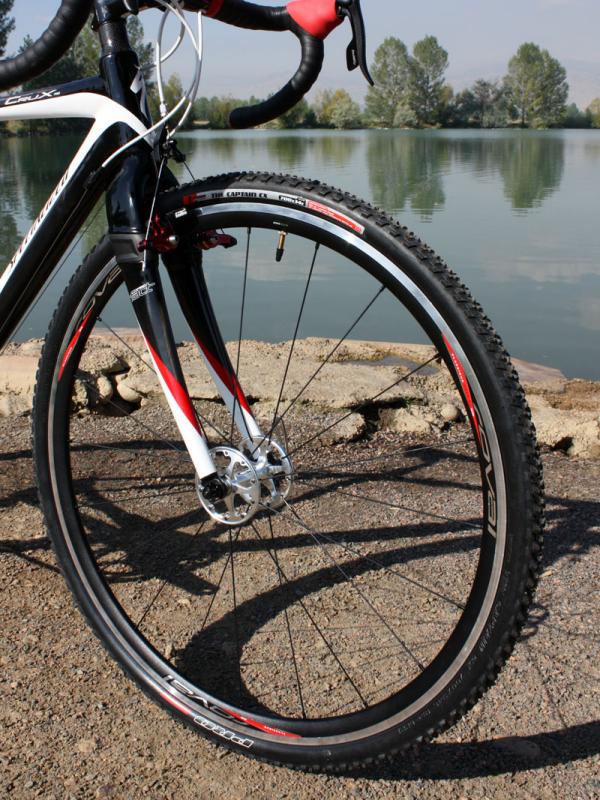
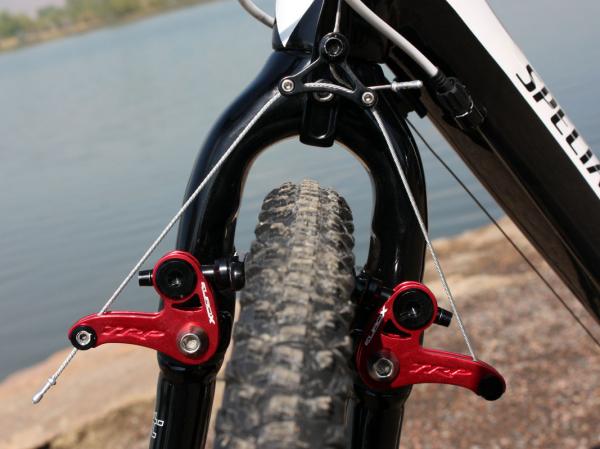
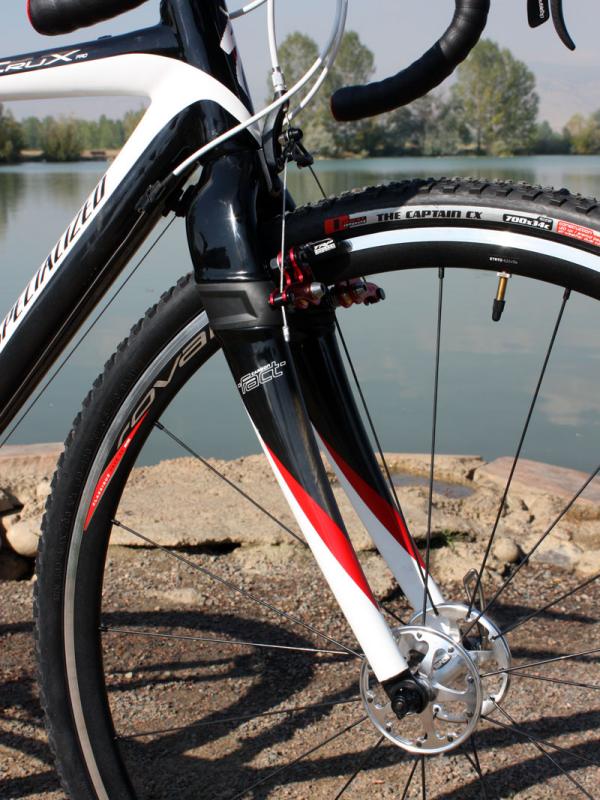
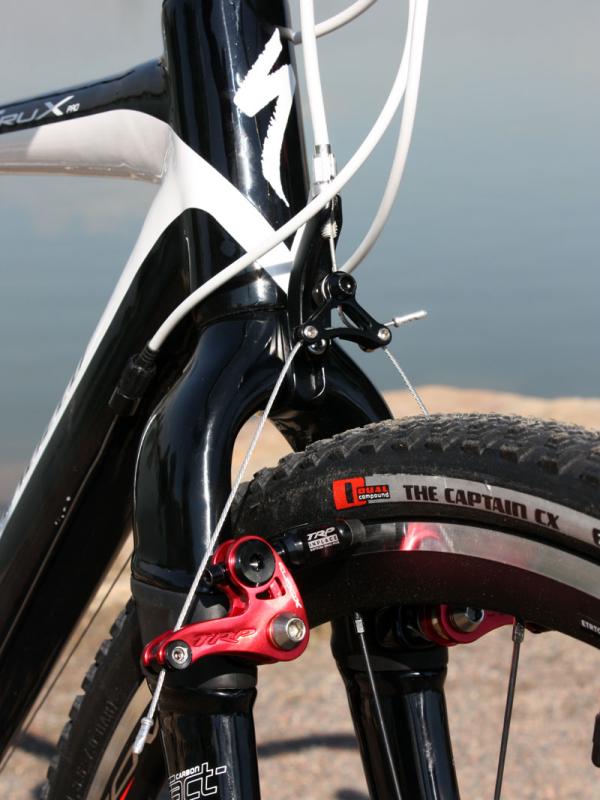
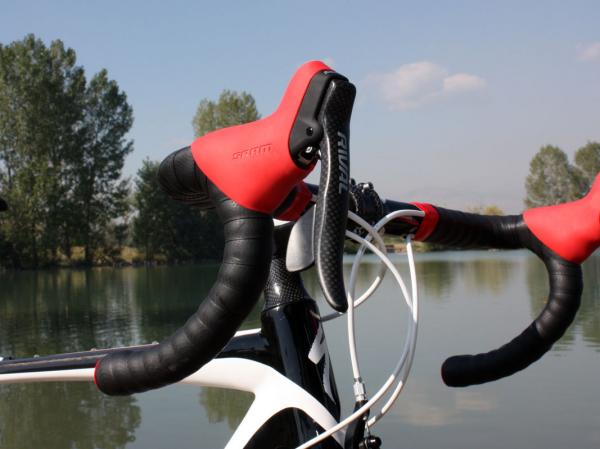
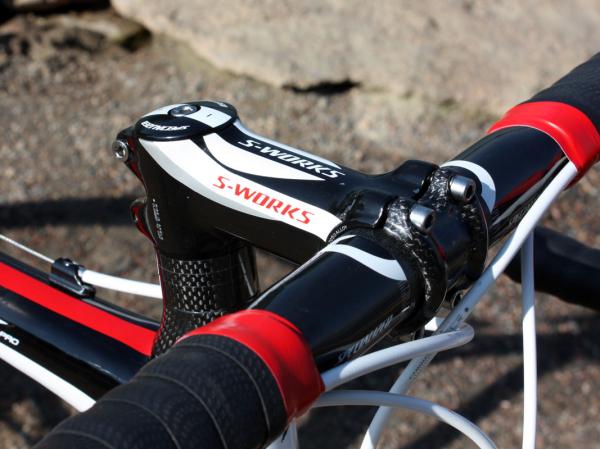
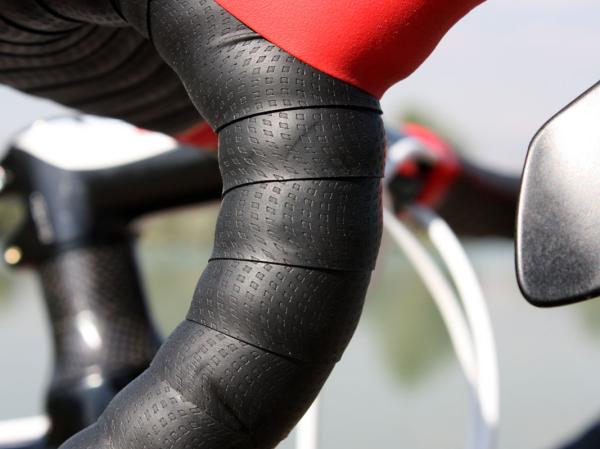
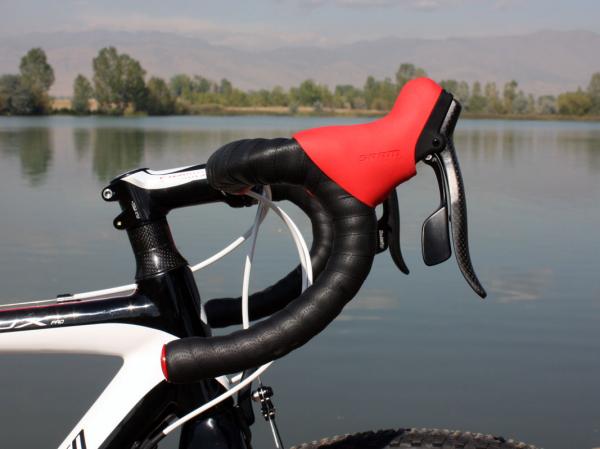
Specialized's CruX Pro Carbon cyclo-cross flagship is a new model for 2011, but the carbon frame is essentially the old S-Works Tricross with a few minor tweaks and an updated look – and similar pros and cons.
Frame & handling: Supremely comfortable, but more languid than snappy
Ride comfort on rough terrain is remarkably plush, even with the stock clinchers inflated to a more training-friendly 50psi. Whether that's due to Specialized's Zertz elastomeric dampers in the seatstays and fork blades, careful carbon layup schedules, or simply the geometry (more on that later), the cushy ride left us feeling fresher at the end of training rides than most other cyclo-cross race bikes we've ridden.
The added movement helps keep the tire contact patches on the ground for better traction, too. Mud clearance is fairly generous as well, with a finger's worth of room all around at the fork crown, double that at the seatstays and plenty of space in the radial direction at the bottom bracket – though there's also a big shelf at the chainstay wishbone that'll inevitably gather up handfuls of goop.
As a pure 'cross race bike, though, the CruX Pro Carbon left us feeling a little flat and in its fourth year of service, the carbon chassis is showing some gaps in its once-impressive armor. Drivetrain stiffness is good, but not great – and certainly not what we'd hoped for given the generous tube sizes and the high bar set by Specialized's fantastic high-end road rigs.
Drop the hammer at the start – a critical moment in any 'cross race – and the CruX Pro Carbon will surge forward but without quite the same level of immediacy as current top-end machines. Likewise for front triangle rigidity, which is adequate but not at all impressive when wrenching the bars back and forth. That's not to say that the CruX Pro Carbon is slow, but we got our best start results by adopting a high-cadence wind-up rather than a brute-force muscle fest.
Ride quality isn't particularly electric, either. The CruX Pro Carbon still carries the baggage of the original Tricross range, which sought to satisfy a broad range of 'FreeRoad' users with its neither-here-nor-there geometry. Both the chainstays and wheelbase are rather long at 440mm and 1,027mm, respectively, and the trail is a generous 70mm. As a result, the CruX Pro Carbon is stable at speed but quirky to change direction, wanting to flop its front wheel into tight, slow-speed corners but simultaneously resisting swapping ends at turnarounds.
The latest race content, interviews, features, reviews and expert buying guides, direct to your inbox!
Nor is it all that light. Actual weight of our 52cm frame is a ho-hum 1,480g (3.26lb, with seatpost collar and rear derailleur hanger) with the non-tapered carbon fork adding another 540g (205mm steerer, without compression plug). Total weight for our test bike without pedals is a similarly average 8.48kg (18.7lb).
Do Specialized's Zertz elastomeric dampers really work? Hard to say exactly but it's a well-proven concept in other industries and the CruX Pro Carbon does indeed deliver a sublimely smooth ride quality.
Equipment: Mostly solid build kit and so-so wheels
Specialized outfit the CruX Pro Carbon with a competent mix of componentry, including a SRAM Rival drivetrain with 'cross-specific gearing, light TRP EuroX wide-profile cantilevers, plus Roval aluminum clinchers, a Zertz-equipped carbon seatpost and carbon handlebar, a fantastic Phenom Gel saddle, and cleverly angle-adjustable forged aluminum stem, all from Specialized's in-house catalog.
The Rival package is among the best options out there for 'cross, with its contamination-tolerant derailleur cable pull ratios, reasonably well protected (at least compared to Shimano) shift lever internals, impressive adjustability and dependable overall transmission performance (including the bottom bracket's new Gutter seals, which seem to be holding up better to regular washing than the original GXP system). In case of a crash, the parts are inexpensive to replace, too.
The brakes are more of a mixed bag. While we love the EuroX for their feathery weight and generous mud clearance, they still lack the pad height adjustability of more conventional setups (highlighted by the too-low brake stud spacing on the CruX Pro Carbon seatstays) and they don't generate as much power as low-profile systems. And though we commend Specialized for adding a crown-mounted front brake housing stop (which squelches any hint of brake shudder), it's positioned a little too low for our liking and limits setup options.
Traction-wise, the Specialized Captain CX tires leave little to be desired with their openly spaced, tall and well supported knobs that grab well on a variety of terrain. The relatively floaty 34mm-wide casing helps out on rocky courses, too. All that grip does come at the expense of rolling speed, though, especially on harder surfaces where the tall knobs tend to squirm a bit beneath you.
Though not the most exciting bits, the Roval Pavé SL wheels on which those tires were mounted got the job done. They're reasonably light at 1,625g (claimed weight) but a decent chunk of that weight is located out at the rim and the low spoke count yields a soft feel in the saddle. Moreover, the hub internals lack the proven DT Swiss star ratchet guts of Specialized's higher-end Roval models (the Pavé SLs retail for just US$400 a set) but they held up fine during testing.
Conclusion: Carbon isn't always better than alloy
If it sounds like our reaction to the Specialized CruX Pro Carbon is a little tepid, that's because it is. In short, Specialized's own track record leaves us expecting more from what's supposed to be their flagship 'cross offering. There is a light – two of them, in fact – at the end of the tunnel, though. While the carbon CruX is essentially carryover, the all-new CruX looks far more like the real deal
It has a quicker geometry better suited for racing, a tapered front end for improved steering precision and front triangle rigidity, internal cable routing to protect the lines from contamination, and a similar weight – plus it's dirt cheap at just US$660 for the frame, fork, headset and steerer. Our advice for racers would be to pick up the alloy CruX, a SRAM Rival group and race tubulars of their choosing, then hit the barriers – figuratively speaking, of course – as the end result would be a better option for competition. In fact, even factory team rider Todd Wells is on an alloy CruX this season, not a carbon one.
That all being said, there is that other light we mentioned. While Specialized may have missed the boat by hanging their better build kits on their older frame, that does mean the carbon model is next in line for a redesign. And given the UCI's recent decision to allow disc brakes in competition – and the fact that Specialized are already playing with them on prototype alloy frames in the field – it's a veritable certainly that the next carbon CruX will be so equipped.
A flattened top tube underside makes for less painful shouldering.
Enhance your cycling experience without breaking the bank with our Specialized discount codes and find the perfect gear for less.
